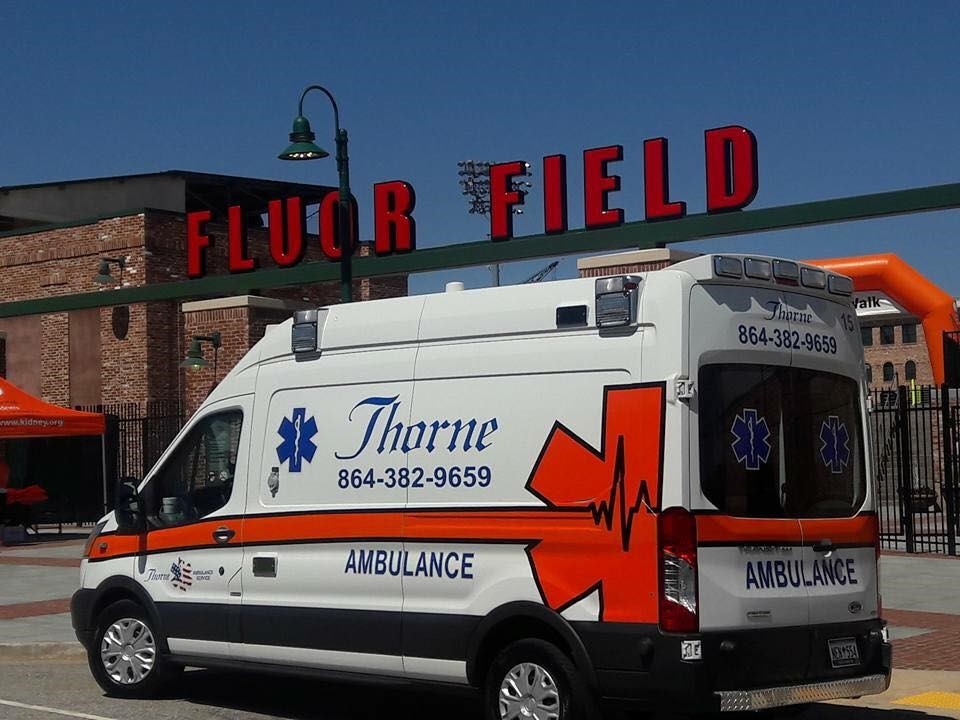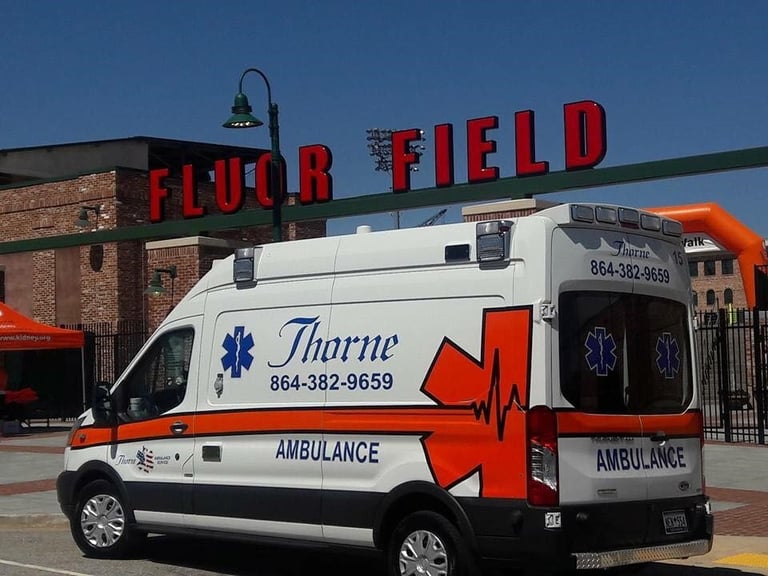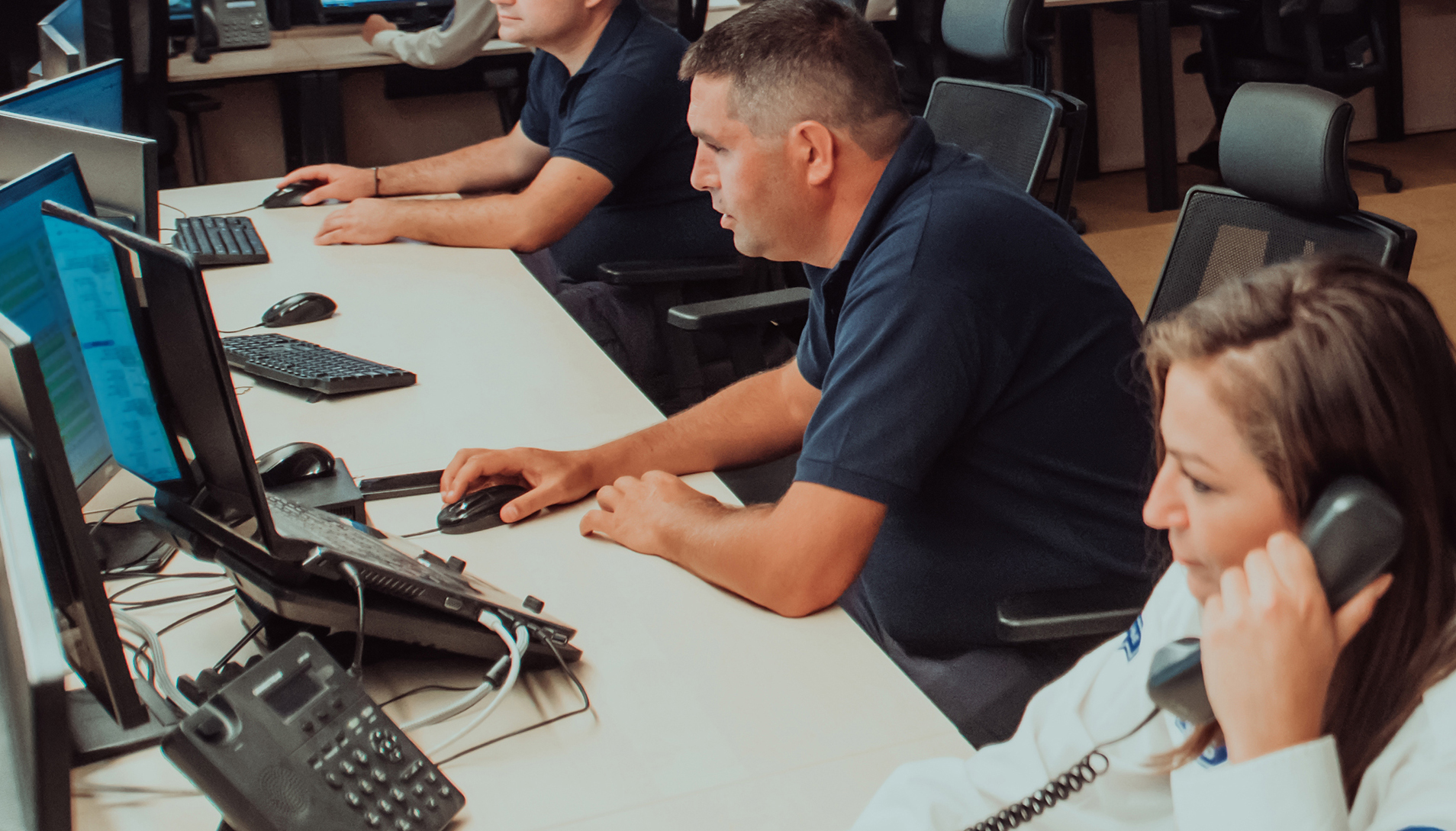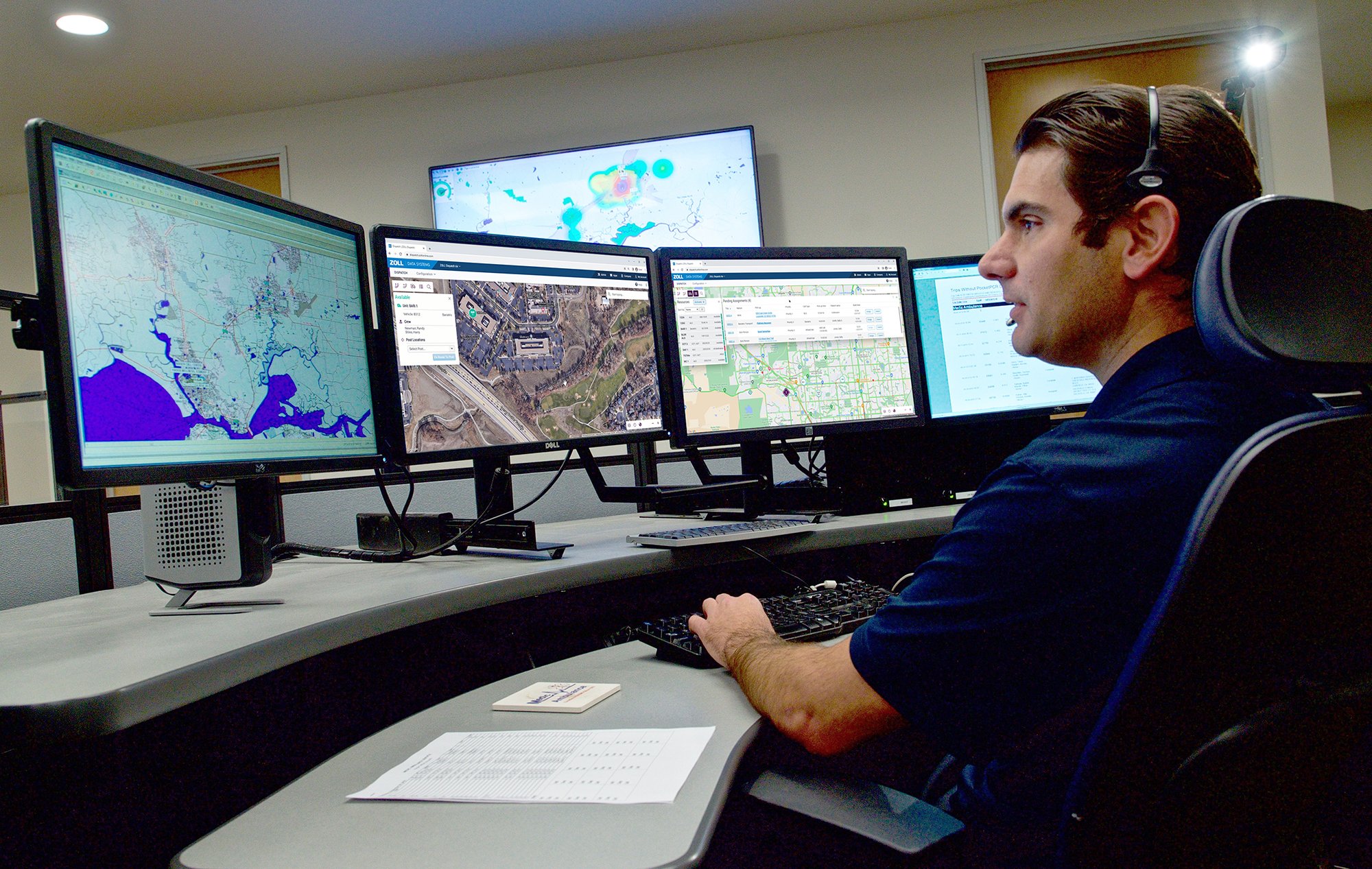Rescue Squad Adopts an Intuitive CAD Solution To Ramp up Dispatch and Improve Data Visualization
How Road Safety Enhances the Patient Experience & Why it Matters
In October of 2016, I had the misfortune of riding in an ambulance, not as a paramedic, but as a patient.

In October of 2016, I had the misfortune of riding in an ambulance, not as a paramedic, but as a patient. As unfortunate as the events were, it provided me with an entirely new perspective of EMS – from the patient’s point of view. Through this experience, I have concluded that there are two ways to make an ambulance ride comfortable for the patient:
- Give as much morphine and fentanyl as your protocols allow
- Install Road Safety on your ambulances!
While riding my motorcycle in October 2016, I T-boned a Chrysler, sending me careening into the air, and ultimately onto the rock-hard pavement. I had a right tibia fracture, a shattered left humerus and a nasty black eye. On that day, my perspective of EMS changed greatly. Seeing EMS from the patient’s point of view was an experience that I truly value. Not only did it change my view of EMS, it literally changed my life. Not being able to walk, being stuck in a wheelchair and still trying to move on with my life was a challenge. As terrible as the accident was, it has transformed me into a far greater caregiver than I could have ever imagined. The experience further exemplified the need for Road Safety within my own organization.
Road Safety Provides Objective Data to Address Patient Discomforts
 Road Safety has truly changed the culture of Thorne Ambulance Service. Whether a seasoned EMS provider or an EMT fresh out of the classroom, Road Safety has the ability to modify driving behavior as it’s happening. It’s like having a driving coach sitting in the passenger seat, letting you know when you are braking too hard or when you have reached an excessive speed. And in EMS, we need warnings like this. Think about it – every piece of equipment that we operate has some type of warning device. Our cardiac monitors, our ventilators, IV pumps, etc. They all have a little warning on them to make sure that we are paying attention and doing right by our patients. So, if we place this much focus on our equipment, should we not do the same for a vehicle that weighs 14,000 pounds?
Road Safety has truly changed the culture of Thorne Ambulance Service. Whether a seasoned EMS provider or an EMT fresh out of the classroom, Road Safety has the ability to modify driving behavior as it’s happening. It’s like having a driving coach sitting in the passenger seat, letting you know when you are braking too hard or when you have reached an excessive speed. And in EMS, we need warnings like this. Think about it – every piece of equipment that we operate has some type of warning device. Our cardiac monitors, our ventilators, IV pumps, etc. They all have a little warning on them to make sure that we are paying attention and doing right by our patients. So, if we place this much focus on our equipment, should we not do the same for a vehicle that weighs 14,000 pounds?
In January 2017, one of our ambulances was struck by a drunk driver. There was some question as to the reaction of our EMT, and what moves were made to reduce the severity of the collision. Road Safety reporting allowed us to pull moment-by-moment details of the collision, which indicated the driver was wearing a seatbelt, and he applied the brakes before the contact was made – reducing the overall impact to the ambulance. Not only did our crews walk away from the accident unharmed, so did the patient they were caring for. This not only assisted in providing safety to all involved, but provided the proof that evasive actions were taken to avoid the collision. While a Patient Care Report (PCR) can provide subjective data, Road Safety provides objective data to further support compliance with our culture of safety.
A rough ride can create an upset patient, but being on a stretcher multiplies the “roughness.” While stretchers are more comfortable today than they once were, there is still nothing pleasant about taking a ride on one. Every little turn, every tap of the brake – the patient feels each and every movement. This adds to the discomfort and anxiety that the patient is likely already experiencing. Taking hard corners or accelerating too quickly is no way to improve the patient experience, and has already been proven to have no effect on clinical outcomes. With Road Safety, the oftentimes overlooked patient discomforts are addressed, and they’re corrected in live time.
Additional Benefits: On-the-Job Training for EMTs
What about our new EMTs? You can watch the defensive driving videos and drive the practical scenario, but there is nothing that can replace real experience. When a “green” EMT enters our organization, they (and management) find it extremely beneficial to have Road Safety onboard. This device literally trains new drivers and allows them to make corrections to their driving habits. It’s a win-win for our patients, our communities and our team of care providers.
In EMS, we are busy, we’re easily distracted, and we often work too many consecutive hours. Our budgets are drying up, and reimbursements are stagnant at best. Collisions cost money. Injured employees and patients cost money. They can also cost you your reputation and future opportunities. With the ever-evolving world of healthcare swirling all around us, maybe it’s time for a paradigm shift. Maybe it’s time we take a closer look at a device that is proven to reduce collisions, improve the patient experience and save our organizations money. The proof is out there, the numbers are in – don’t be late to the Road Safety party.
Related Posts
Meet the New ZOLL Dispatch and ZOLL Respond CAD Solution
ZOLL Data Systems | Dec 14, 2023
Data Interoperability Drives Better Coordination of Care in Emergent Patient Transitions
ZOLL Data Systems | Nov 13, 2023
ZOLL Pulse Blog
Subscribe to our blog and receive quality content that makes your job as an EMS, fire, hospital, or AR professional easier.
ZOLL Pulse Blog
Subscribe to our blog and receive quality content that makes your job as an EMS, fire, hospital, or AR professional easier.



